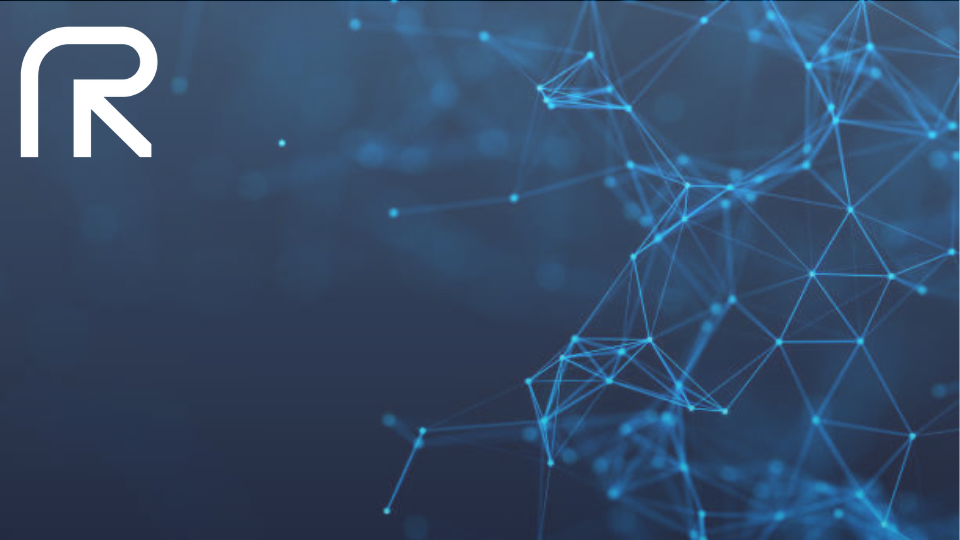LyGuide Series: Transfer learning
Jan 23, 2023 12:00:00 AM LyRise Team 2 min read

Transfer learning is a fantastic way to use the power of neural networks. Although it has many applications, transfer learning can be used to improve performance across domains. In this article, we'll discuss what transfer learning is and how it works—and then dive into some ways you can use this powerful technique yourself.
What is transfer learning?
Transfer learning is a machine learning technique that can be used to improve the performance of models, reduce training time and cost. It's also known as model sharing or reuse. In transfer learning, you create a model on one set of data (a source domain) and then use it to make predictions on another set of data (a target domain). This allows you to take advantage of prior knowledge gained from the source domain while training with little or no labeled target data in the target domain.
Transfer learning methods can be applied to any kind of supervised or unsupervised machine learning tasks such as classification, regression and clustering.
Why use transfer learning?
You know how it's common to hear people say "travel broadens the mind," or "learn something new every day"? Well, the same can be said for data. Collecting a lot of information and processing it can help you learn how to think more critically and creatively. And that's why transfer learning is such an important tool in machine learning—it allows you to quickly apply what you've already learned while building new skills.
But, why do we use transfer learning?
Transfer learning is useful because it reduces the amount of time needed to train a model by leveraging previous knowledge or experience with other data sets. The reason being that many ML problems are similar or identical in nature, so using the same techniques for solving one problem could make solving another problem faster and easier (even if the two problems have different sizes).
Transfer learning is great, but be careful not to overfit.
Transfer learning is great, but be careful not to overfit. Overfitting occurs when you achieve a good fit of your model on the training data, while it does not generalize well on new, unseen data. In other words, the model learned patterns specific to the training data, which are irrelevant in other data.
Overfitting can be identified by checking validation metrics such as accuracy and loss. The validation metrics usually increase until a point where they stagnate or start declining when the model is affected by overfitting.Overfitting can lead to poor performance in the real world.
A model that performs well on the training data may perform poorly on the test data if it overfits. This can happen even if you have a large amount of training data, because an overfitted model will memorize those patterns instead of generalizing them.
Conclusion
Transfer learning is a powerful tool that can be applied to all kinds of problems, and we’ve only scratched the surface here. With the right data set, you can start using it today! However, as we mentioned before, it’s important to keep in mind that this technology isn’t perfect. You should always be careful not to overfit your model or make overly optimistic assumptions about its performance—even if it has been trained very well on similar tasks before.